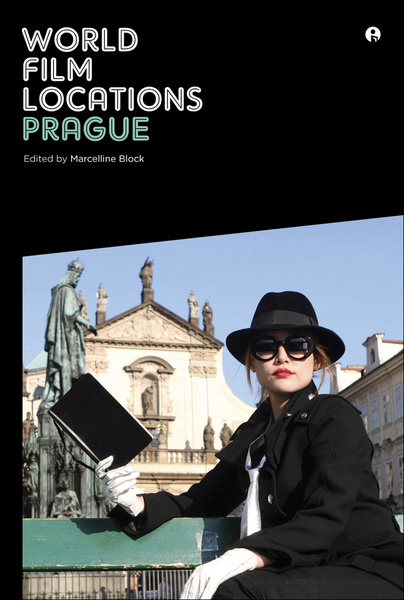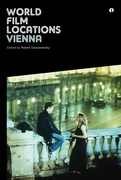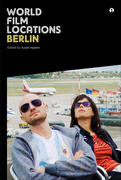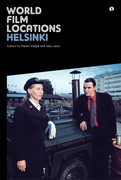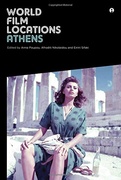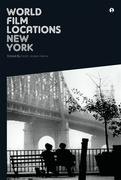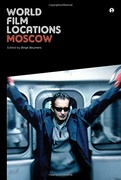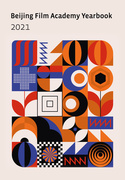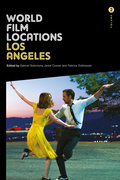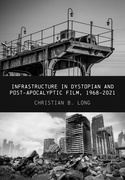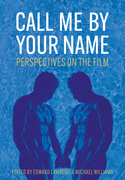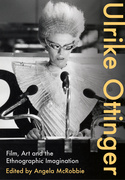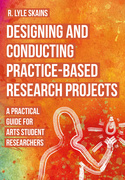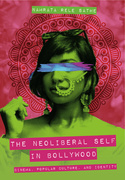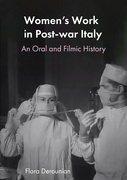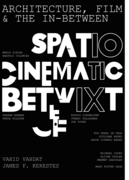World Film Locations: Prague (Book)
Prague, the 'Hollywood of the East', has played an important role in the history of cinema and World Film Locations: Prague traverses the city’s topography to examine an internationally diverse range of movies made in the Czech capital: landmark early films such as Ecstasy, controversial due to the female nudity that catapulted Hedy Lamarr into stardom in the United States; Steven Soderbergh’s biopic Kafka, starring Jeremy Irons; adaptations of Kafka’s literary works such as The Trial, with a screenplay by Harold Pinter and starring Anthony Hopkins; and action blockbusters like Mission Impossible, The Bourne Identity and Casino Royale. Exploring legendary Prague landmarks as they appear onscreen—including the Charles Bridge, Old Town, Malà Strana, Liechtenstein Palace, Wenceslas Square and Prague Castle – the book also discusses the intersection of the capital city and its cinematic representations; Prague and the Czech New Wave; the iconic Barrandov Studios; and the impact of political events such as the Prague Spring, the Soviet Invasion of 1968 and the Velvet Revolution on the city’s film industry.
An invaluable resource for scholars, students and aficionados of film and cinematic psychogeography, this collection will be heralded by students of East European literary, cultural and sociopolitical history.
Edition
Prague – known as ‘The City of Dreams’, ‘The Hundred-Spired City’ and, most significantly for this study, ‘Hollywood of the East’ – has played an important role in the history of the seventh art. The Czech capital often functions as an onscreen surrogate for other major European cities such as London, Paris, Venice, Vienna and Zurich. In exploring the intersection of the city and cinema, World Film Locations: Prague traverses the Czech capital’s topography, legendary sites and landmarks as they appear on screen – including Charles Bridge, Old Town, Malá Strana, Wenceslas Square, the Vlatava River and Prague Castle – in an internationally diverse range of exemplary films set there, such as The Student of Prague, the first feature-length horror film; the controversial Ecstasy, starring Hedy Lamarr before she became a Hollywood star; Czech New Wave films including Closely Observed Trains; Czech New Wave auteur Milos Forman’s critically acclaimed Amadeus; Steven Soderbergh’s Kafka; and action/adventure productions Mission Impossible, The Bourne Identity, Casino Royale and The League of Extraordinary Gentlemen, among others. Along with an historical overview of Prague in film, lengthier essays by leading film scholars and professors consider Prague’s iconic Barrandov Studios as well as the impact of World War II, the Cold War and the Prague Spring. This collection, an invaluable resource for the study of cinematic psychogeography, will be of great interest to students, scholars and aficionados of East-Central European film as well as literary, cultural and sociopolitical history.
Marcelline Block is a lecturer in history at Princeton University, where she is completing her Ph.D. in French. She is the editor or co-editor of several volumes, including Situating the Feminist Gaze and Spectatorship in Postwar Cinema.
Maps/Scenes
Scenes 1–8 – 1913–1984
Scenes 9–16 – 1988–1998
Scenes 17–24 – 1999–2002
Scenes 25–32 – 2003–2005
Scenes 33–39 – 2005–2008
Scenes 40–46 – 2008–2012
Essays
Prague: City of the Imagination – Marcelline Block
Picturing Prague: The Old Jewish Cemetery – Mark Podwal
Barrandov Studios: The Continent's Answer to Hollywood – Ila Tyagi
From Prague Abroad to Abroad in Prague – Henri Simon Blanc-Hoàng
Film Projections of the Prague Spring – Oana Chivoiu
The Presence of the Past in Prague – Kristiina Hackel
The Cinema of Prague during World War II – Peter Demetz


